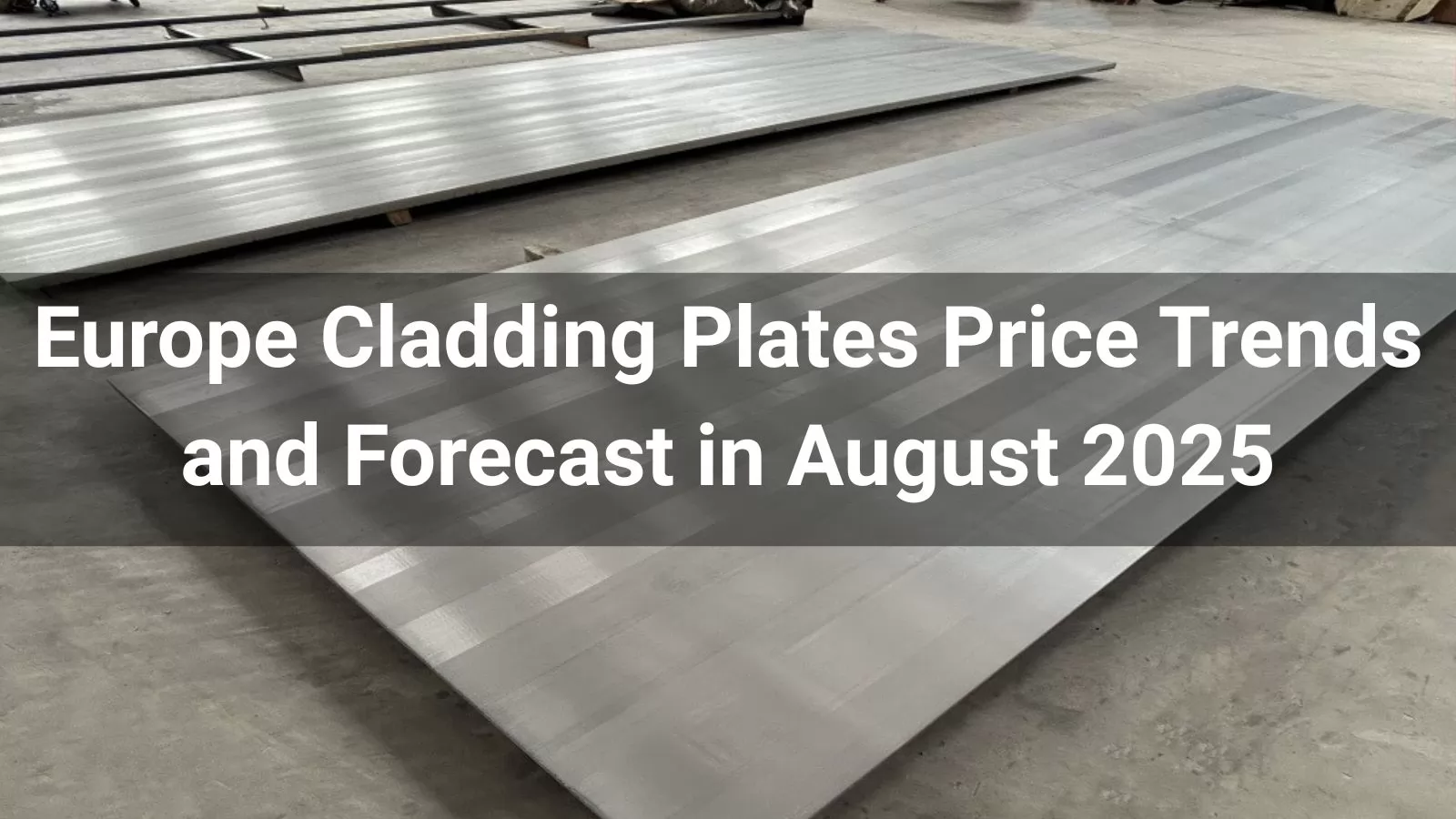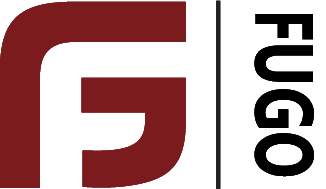


Cladding plates, also known as clad steel plates, are composite materials consisting of a base metal (typically carbon steel) bonded with a corrosion-resistant layer such as stainless steel, nickel, or titanium. These plates are widely used in industries like oil and gas, chemical processing, shipbuilding, and power generation due to their durability, cost-effectiveness, and resistance to harsh environments. In Europe, the market for cladding plates is influenced by broader steel industry dynamics, including raw material costs, import competition, and demand from key sectors like construction and energy. As of August 2025, the European cladding plates market reflects a cautious recovery amid ongoing economic challenges, with prices stabilizing after earlier declines.
This article examines the current price trends for cladding plates in Europe, drawing from steel plate data as a proxy (since specific clad plate prices are often derived from base steel costs plus cladding premiums), and provides a forecast for the remainder of August 2025 and beyond.
In August 2025, the European cladding plates market remains stable but subdued, aligning with the broader steel sector's performance. The market has been impacted by weak demand from end-user industries, high energy costs, and competitive imports, particularly from Asia. According to recent analyses, apparent steel consumption in Europe is projected to decline by 0.9% for the full year 2025, a revision from earlier growth expectations, due to factors like U.S. tariffs and global trade disruptions. Imports of quarto plates (a category that includes materials used in cladding) increased by 17% in Q1 2025 compared to the previous year, indicating sustained pressure from external suppliers.
For stainless steel plates, which form a critical component of many cladding applications, prices in Northern Europe have shown cautious upward movement in early 2025, driven by trade policy developments and steady demand from naval and energy sectors. However, overall market uncertainty persists, with European producers focusing on high-specification products to counter low-cost imports.
Steel plate prices, which serve as a benchmark for cladding plates, have experienced volatility throughout 2025. In Germany—a key European hub—steel plate prices (16mm) stood at US$960 per metric ton in March (Q1) and declined to US$912 per metric ton by June (Q2). This downward trend reflects sluggish demand in construction and automotive sectors, compounded by oversupply and affordable Asian imports. Earlier in the year, hot-rolled plate prices in Europe averaged around €665 per tonne in February 2025, marking a slight recovery from a low of €642 per tonne in November 2025.
For stainless steel plates specifically, historical benchmarks from Northern Europe indicate prices around €1,250-1,300 per metric ton for 2mm grade 304 cold-rolled sheets, though these figures date back to adjustments in 2022 and have since been influenced by similar downward pressures. Cladding plates, which incorporate an additional premium for the clad layer (often 15-20% higher than standard plates in Europe due to quality and compliance standards), are estimated to range from €750-850 per tonne for basic configurations, based on extrapolated steel plate data. Global clad plate prices rose by 8% between 2023 and 2025, and this firmness is expected to persist into 2025, though regional divergences are widening due to trade barriers.
| Quarter | Steel Plate Price (Germany, US$/MT) | Hot-Rolled Plate (Europe, €/tonne) | Estimated Cladding Plate Premium |
|---|---|---|---|
| Q1 2025 | 960 | ~665 (Feb) | +15-20% |
| Q2 2025 | 912 | N/A | +15-20% |
These trends highlight a stabilization phase in mid-2025, with prices bottoming out after declines in late 2025 driven by economic slowdowns and supply gluts.
Several key factors are shaping cladding plates prices in Europe:
Weak end-user demand, particularly in construction and consumer goods, has led to lower base prices as manufacturers compete for sales. However, sectors like renewable energy and shipbuilding provide some support, with Europe's focus on sustainability (e.g., the European Green Deal) boosting demand for eco-friendly clad materials.
Stable nickel and chromium prices (ranging $15,000–$20,000 per metric ton globally) are expected to support modest price increases. High energy costs for electric arc furnaces and volatility in iron ore and coking coal have added upward pressure.
Imports capture about 25% of the market, with heightened competition from Taiwan, South Korea, and China in Q1 2025. Ongoing anti-dumping investigations and potential EU restrictive measures could reduce this pressure later in the year.
The steel market downturn since 2022 continues, with real steel consumption forecasted to drop 3.3% in 2025. Geopolitical tensions and supply chain disruptions further contribute to uncertainty.
Looking ahead to the remainder of August 2025, cladding plates prices in Europe are likely to remain stable, with potential slight upward adjustments if raw material costs firm up and import pressures ease. Analysts anticipate no significant improvement in demand before Q4 2025, but a modest recovery in apparent consumption (+3.4% projected for 2026) could spill over into late 2025.
For stainless steel components in cladding, prices may see increases in Q3 and Q4 2025 due to rising Asian prices and EU trade measures, potentially pushing European prices toward €1,300-1,400 per metric ton for key grades. Overall, the clad plate market is forecasted to grow at a CAGR of over 6.5% globally in the coming years, with Europe benefiting from industrial modernization and regulatory-driven demand. However, ongoing challenges like macroeconomic headwinds and flat demand may cap significant gains, leading to a forecasted price range of €700-900 per tonne for standard cladding plates by year-end.
Stakeholders should monitor trade policies and raw material trends closely, as these will be pivotal in determining whether prices trend upward or remain constrained.
In August 2025, Europe's cladding plates market is characterized by stability amid recovery efforts, with prices reflecting broader steel trends of modest declines earlier in the year followed by tentative firming. While challenges persist, opportunities in sustainable and high-tech sectors offer hope for gradual improvement. Industry players are advised to prioritize innovation and supply chain resilience to navigate this evolving landscape.



Fugo Tech is focused on the manufacturing of clad metal plate and distributes the Stainless Steel, Titanium, Nickel Alloy, Zirconium and other non-ferrous metal pipes, fittings, flanges, and fasteners.